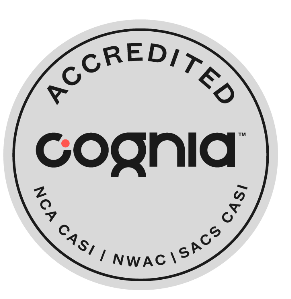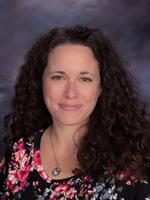Kids spend a lot of time in school, and parents understandably want that time to be spent learning, and not taking tests. But how much of the school year is actually devoted to test-taking?
With that question in mind, Canyons District’s Research and Assessment Director Hal Sanderson recently performed an audit that revealed students spend between 1.2 percent to 2.7 percent of instruction time taking state and district assessments. By comparison, at one of CSD’s elementary schools, recess accounts for 4.5 percent of the year, 12 percent is devoted to lunch and math instruction occupies 27.3 percent of the year.
The audit sheds some light on subject of over-testing, and calls into question commonly-held concerns about excessive testing. But there are limitations to the survey. This audit applies only to Canyons School District. Though all Utah school districts participate in state year-end assessments, district-level tests vary in form and scope. The audit also doesn’t measure the amount of time teachers spend incrementally testing students’ knowledge every day in their classrooms.
Teachers are constantly assessing their students’ progress and learning even if they’re just calling upon students to furnish an answer to a math problem, says Instructional Supports Director Amber Roderick-Landward. “When done well, testing doesn’t distract from instruction, it’s an integral part of instruction.”
The amount of time devoted to testing has increased over the past few years, but will decline this year due to changes in the SAGE writing exam, and the consolidation of some district tests. With these changes, testing time will fall back in line with 2015 levels.
The audit was featured by KSL Radio and the Deseret News.

Five Reasons Why
Canyons School District believes assessments, when appropriately administered and used, provide parents, teachers and administrators with important information about how a child is progressing.
1. Taking tests is a part of life. Whether it’s gaining entrance to college or passing the driver’s license exam, people take tests throughout their life.
2. Formative tests throughout the year help teachers see what is working, or not working, for students. Based on testing data, teachers can make adjustments in their instruction, such as taking extra time with specific topics or finding new ways to explain the content.
3. Year-end summative assessments, such as the SAGE exam, measure whether a student is on the path to college- and career-readiness. SAGE, which is administered in grades 3-10, is a gauge of whether students are meeting educational standards. These tests can help determine course placement. They can also assist the District and local school in directing resources to groups of students who need more support and determine if improvement strategies are working.
4. Testing can motivate students. Year-end exams are not the only measure of a student’s performance, but as one measure, they can help students take charge of their learning. In fact, when middle school students do their best on SAGE, their scores can predict how well they’ll do on the ACT college entrace exam in high school. We know this because historically, CSD’s students SAGE scores have closely correlated with their ACT scores. SAGE exams, in other words, are a low-stakes opportunity to see how a student will do on a high-stakes exam in a low-stakes environment.
5. Year-end testing helps schools direct resources. Test results help educators, parents, and policymakers direct limited resources toward preparing all students for the rigors of college and careers.





